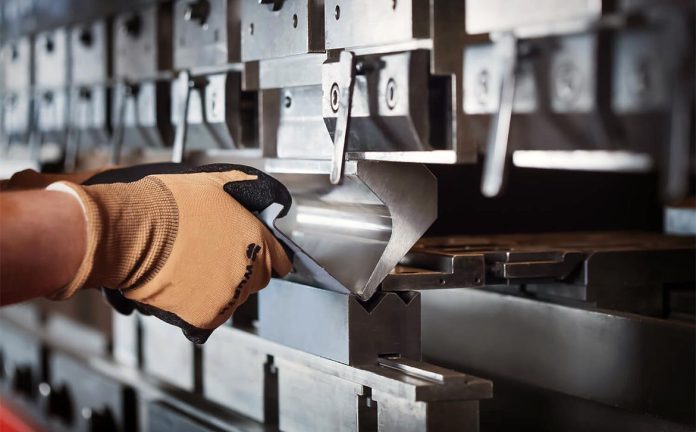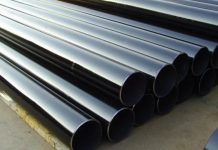Metal manufacturers use different methods to produce metallic parts with varying structures. Although there are various methods for making metal parts, like extruding and molding, sheet metal fabrication is a popular process.
As the name specifies, this metal fabrication process converts thin metallic sheets into metallic parts. It is a versatile process that allows customizations depending on the requirements of the product. ARES Prototype is a leading metal manufacturer that offers full-scale sheet metal fabrication and rapid sheet metal prototyping.
Sheet Metal Fabrication Process
The sheet metal fabrication process consists of three significant steps. Let’s see what happens in each phase.
Cutting
The process begins by cutting the material. You must pick a suitable cutting method depending on the complexity of the final product and the material used. Standard cutting methods used in sheet metal fabrications are:
- Waterjet cutting
- Lasering
- Punching
- Mechanical cutting
For mechanical cutting, operators use high-performing tools to ensure smooth and consistent cutting. Confirming good cutting is extremely important to obtain the needed accuracy.
Forging
Next comes the forging process. Here different pressing methods like roll forming, air bending, and coining mold the sheet into the desired shape. Press brakes also work aptly in the forging phase. However, they have different forms and uses.
Assembly
Once the cutting and forging processes are complete, the assembling begins. Various welding techniques are used to ensure a smoother finish. Usually, surface abnormalities take place during assemblies. Therefore, operators use preventive methods like stout fixture welding, sand wrapping, straightening processes, etc., to remove any deformities.
For fixing defective metallic parts, sometimes oxy-acetylene torches are used. Once the surface becomes uniform, the painting and polishing begin.
What Kinds of Materials Are Suitable for Sheet Metal Fabrication?
The final product’s quality and preciseness depend upon the metal picked. Some typical materials used for sheet metal fabrication are:
Bronze: A popular metal known for its ductility and lower melting point.
Steel: Mainly preferred due to its resistance, durability, and anti-corrosion properties.
Copper: Usually picked when the final products require considerable resistance with electrical conductivity.
Aluminum: Perfect for making lightweight parts with increased resistance
Magnesium: Lighter, shiny metal with considerable strength and low melting point.
Applications of Sheet Metal Fabrication
Sheet metal fabricated parts find their applications in different industries. Here are some of the common ones.
Electronics
Sheet metal fabrication holds a significant reputation in electronics. Before beginning the final production of devices like cellphone casings, TVs, and telecommunication equipment, manufacturers use sheet metal fabrication to make prototypes.
The electronics industry has a market value of around 839 billion dollars, and sheet metal fabrication plays an important part.
Automobile
Sheet metal fabrication allows the building of parts with complex structures with great accuracy. Since the process is adaptable to various metals, it works suitably for different coating processes necessary in automobiles. Also, it permits the construction of durable parts as the assembly is done with the help of welding.
Enclosures
Another prominent application of sheet metal fabrication is housings and enclosures manufacturing. The process allows easily molding the sheets into cavities and other hollow shapes, making excellent housings. Moreover, since you can customize the forging process, it proves ideal for making custom-built housings.
Conclusion
Sheet metal fabrication is a standard manufacturing process in the metal manufacturing industry. However, the operator requires expertise and knowledge to attain the preciseness necessary for the product.
The fineness of the final piece significantly depends on the metals chosen and the preventive techniques applied during the welding process. Since the process is adaptable, provides high-quality components, and is efficient, it has numerous applications in various industries.










